TETRAMETHYLSUCCINONITRILE
- CAS NO.:3333-52-6
- Empirical Formula: C8H12N2
- Molecular Weight: 136.19
- MDL number: MFCD00040683
- EINECS: 604-604-1
- SAFETY DATA SHEET (SDS)
- Update Date: 2025-01-27 09:38:02
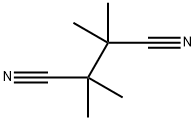
What is TETRAMETHYLSUCCINONITRILE?
Chemical properties
Colorless, solid; odorless. Insoluble in water.
The Uses of TETRAMETHYLSUCCINONITRILE
2,2,3,3-Tetramethylsuccinonitrile is used in preparation of 4,5-Dihydro-1,2,3-triazole derivatives as Farnesyltransferase inhibitors.
The Uses of TETRAMETHYLSUCCINONITRILE
Blowing agent for vinyl foam production.
The Uses of TETRAMETHYLSUCCINONITRILE
2,2,3,3-Tetramethylsuccinonitrile can be used as a reactant to synthesize:
- 3,4-Dihydro-3H-pyrrol-2-imines by reacting with aryl lithium species in the presence of TMSCl.
- Phenyl substituted metal-free fused tetraazachlorins by condensation reaction with substituted phthalonitrile derivatives in the presence of InCl3.
Synthesis Reference(s)
Journal of the American Chemical Society, 87, p. 4403, 1965 DOI: 10.1021/ja00947a046
General Description
White crystals.
Air & Water Reactions
Insoluble in water.
Reactivity Profile
Nitriles, such as TETRAMETHYLSUCCINONITRILE, may polymerize in the presence of metals and some metal compounds. They are incompatible with acids; mixing nitriles with strong oxidizing acids can lead to extremely violent reactions. Nitriles are generally incompatible with other oxidizing agents such as peroxides and epoxides. The combination of bases and nitriles can produce hydrogen cyanide. Nitriles are hydrolyzed in both aqueous acid and base to give carboxylic acids (or salts of carboxylic acids). These reactions generate heat. Peroxides convert nitriles to amides. Nitriles can react vigorously with reducing agents. Acetonitrile and propionitrile are soluble in water, but nitriles higher than propionitrile have low aqueous solubility. They are also insoluble in aqueous acids. TETRAMETHYLSUCCINONITRILE can react violently with (LiAlH4 + H2O).
Hazard
Toxic by inhalation and skin contact. Headache, nausea, and central nervous system convulsions.
Fire Hazard
Flash point data are not available for TETRAMETHYLSUCCINONITRILE, but TETRAMETHYLSUCCINONITRILE is probably combustible.
Safety Profile
Poison by ingestion, intraperitoneal, and intravenous routes. An experimental teratogen. A human skin irritant and allergen. In the preparation of sponge rubber, an azo compound is used that decomposes to form tetramethylsuccinonitrile or TMSN. Rats exposed to a concentration of 90 ppm exhbit their first convulsion after 1.5-2 hours or less. Rats exposed to concentration of 5.5 pprn exhbited their first convulsions in 27-31 hours and were dead in 31-46 hours. Absorbed by skin. The fatal dose in humans is thought to be about 25 mg/kg of body weight. TSN is slowly detoxified by the body. This nitrile is different from other nitriles in that duosulfate is a poor antidote for intoxication. When heated to decomposition it emits toxic fumes of CNand NOx. See also NITRILES and CYANIDE.
Properties of TETRAMETHYLSUCCINONITRILE
| Melting point: | 168°C |
| Boiling point: | 240.49°C (rough estimate) |
| Density | 1.0700 |
| refractive index | 1.4436 (estimate) |
| storage temp. | Sealed in dry,Room Temperature |
| Water Solubility | Insoluble in water |
| solubility | Chloroform (Soluble), DMSO (Slightly) |
| form | solid |
| color | White to Almost white |
| EPA Substance Registry System | Tetramethylsuccinonitrile (3333-52-6) |
Safety information for TETRAMETHYLSUCCINONITRILE
| Signal word | Danger |
| Pictogram(s) |
 Skull and Crossbones Acute Toxicity GHS06  Health Hazard GHS08 |
| GHS Hazard Statements |
H300:Acute toxicity,oral H371:Specific target organ toxicity, single exposure H373:Specific target organ toxicity, repeated exposure |
| Precautionary Statement Codes |
P280:Wear protective gloves/protective clothing/eye protection/face protection. |
Computed Descriptors for TETRAMETHYLSUCCINONITRILE
New Products
3-(hexyloxy)-4-(pyridin-3-yl)-1,2,5-thiadiazole 3-Pyridineacetonitrile, α-hydroxy- 2-Propanamine, 1-chloro-, hydrochloride (9CI) 3-Iodophenylacetic acid Cyclohexane, (2-propynyloxy)- (S)-1-Boc-3-methanesulfonyloxy-pyrrolidine Pivalic anhydride,98% Phenylmethanesulfonyl fluoride, 98% Glyoxylic acid solution, 50% in water tert-Butyl glycinate,97% 4-Ethoxybenzoic acid, 99% Sodium 1-octanesulfonate monohydrate 7-Ethyl Tryptophol 2-AMINO-3,5-DIBROMO BENZALDEHYDE [ADBA] L-Glutamic Acid Dimethyl Ester Hcl N, N-Carbonyldiimidazole (CDI) 5-Cyanophthalide 10-Methoxy-5H-dibenz[b,f]azepine 3-Methoxybenzonitrile Dibenzoyl Peroxide 4-Methoxybenzonitrile Titanium Dioxide Chloral PentachlorobenzonitrileRelated products of tetrahydrofuran








You may like
-
 Tetramethylsuccinonitrile CAS 3333-52-6View Details
Tetramethylsuccinonitrile CAS 3333-52-6View Details
3333-52-6 -
 2,2,3,3-Tetramethylsuccinonitrile CAS 3333-52-6View Details
2,2,3,3-Tetramethylsuccinonitrile CAS 3333-52-6View Details
3333-52-6 -
 Avibactam INT 1View Details
Avibactam INT 1View Details
1416134-48-9 -
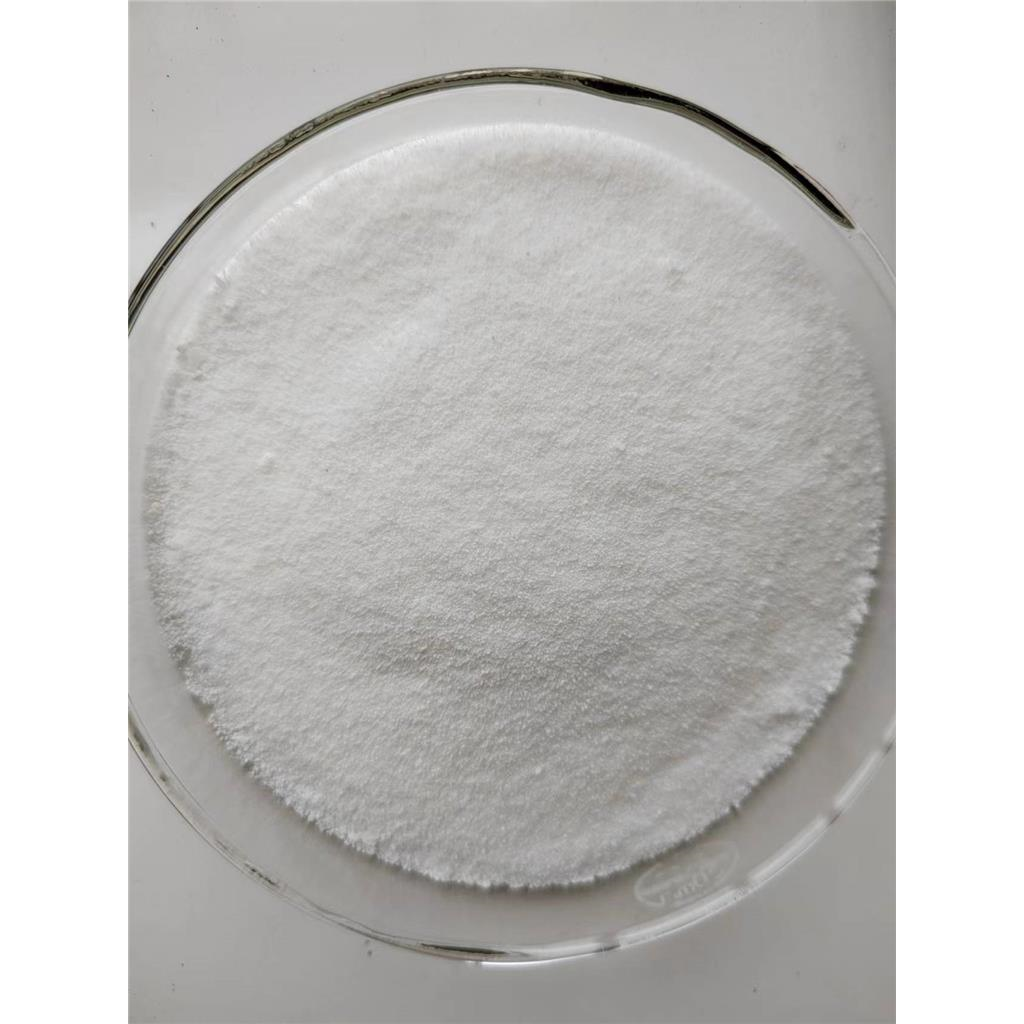 Avibactam sodium seriesView Details
Avibactam sodium seriesView Details
1192651-49-2 -
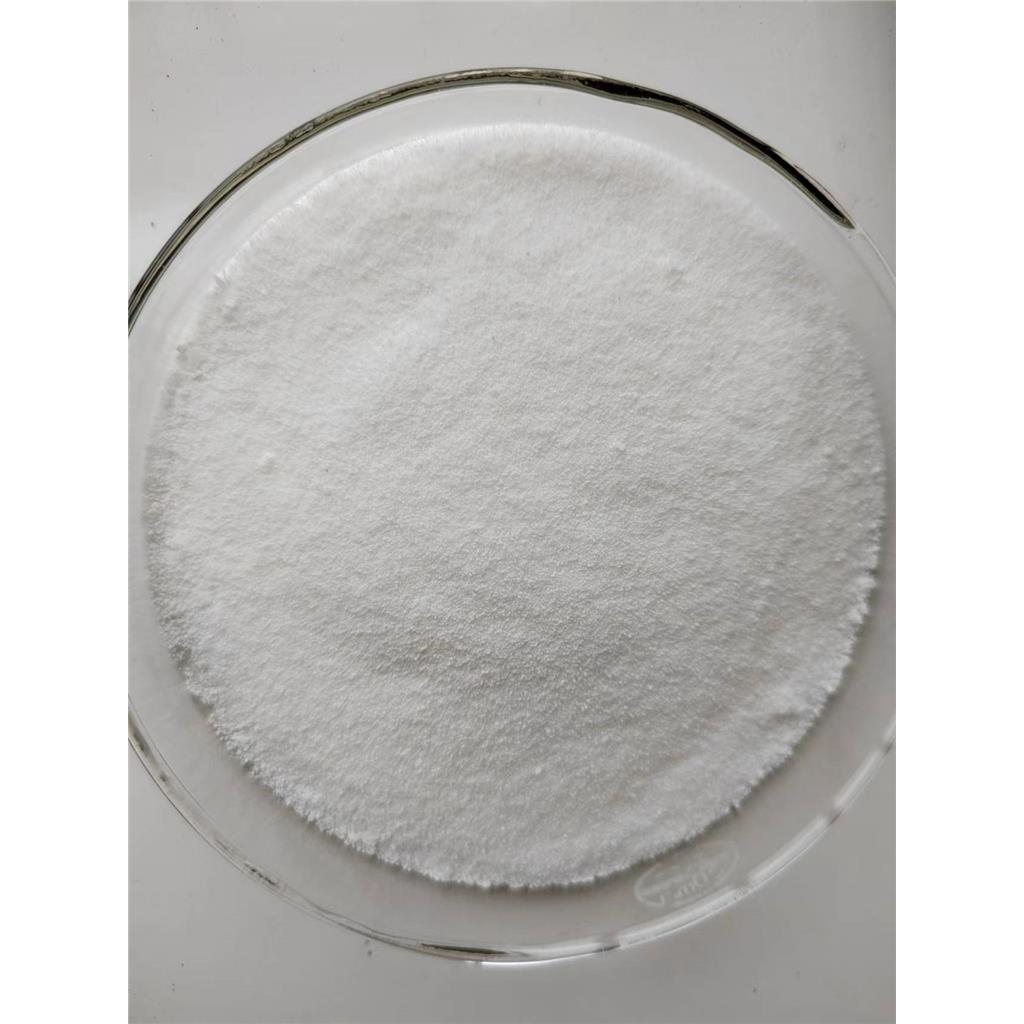 Avibactam seriesView Details
Avibactam seriesView Details
1192651-80-1 -
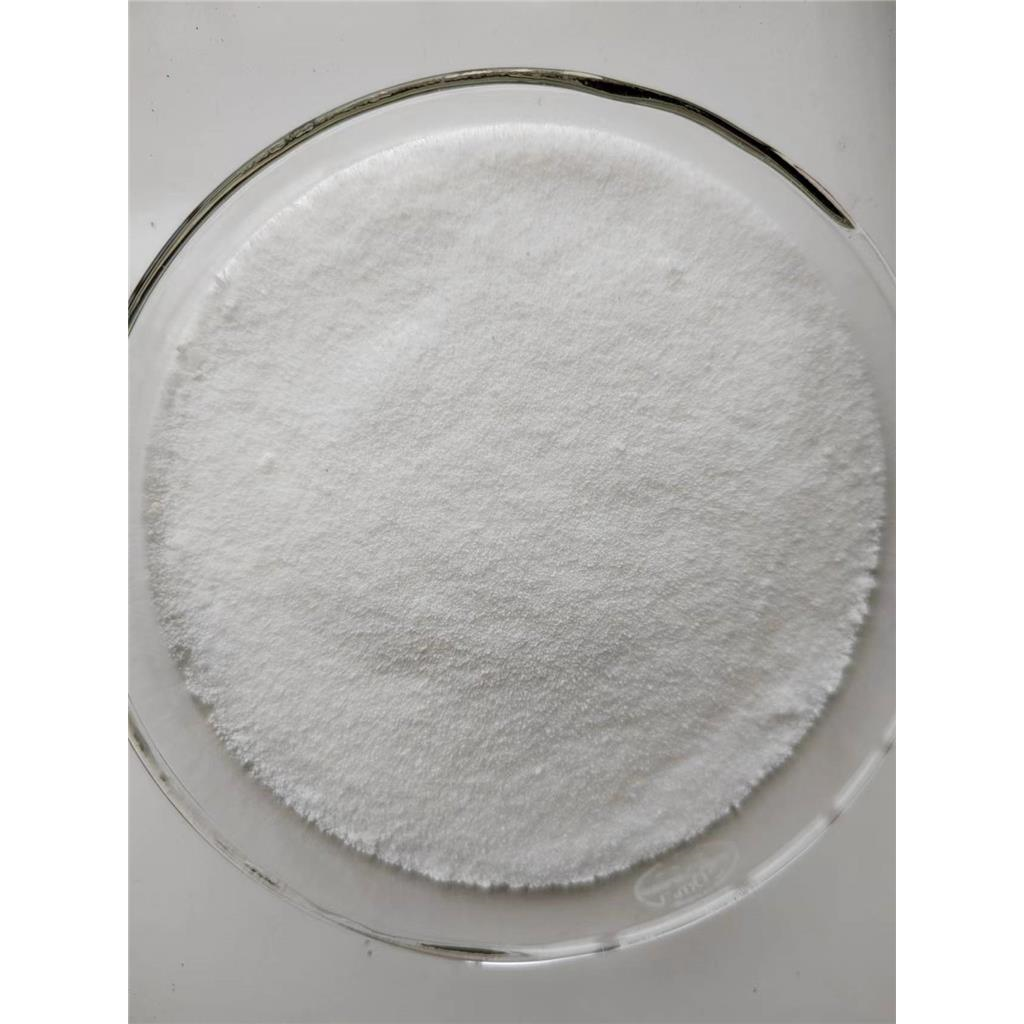 Avibactam Sodium SaltView Details
Avibactam Sodium SaltView Details
1192491-61-4 -
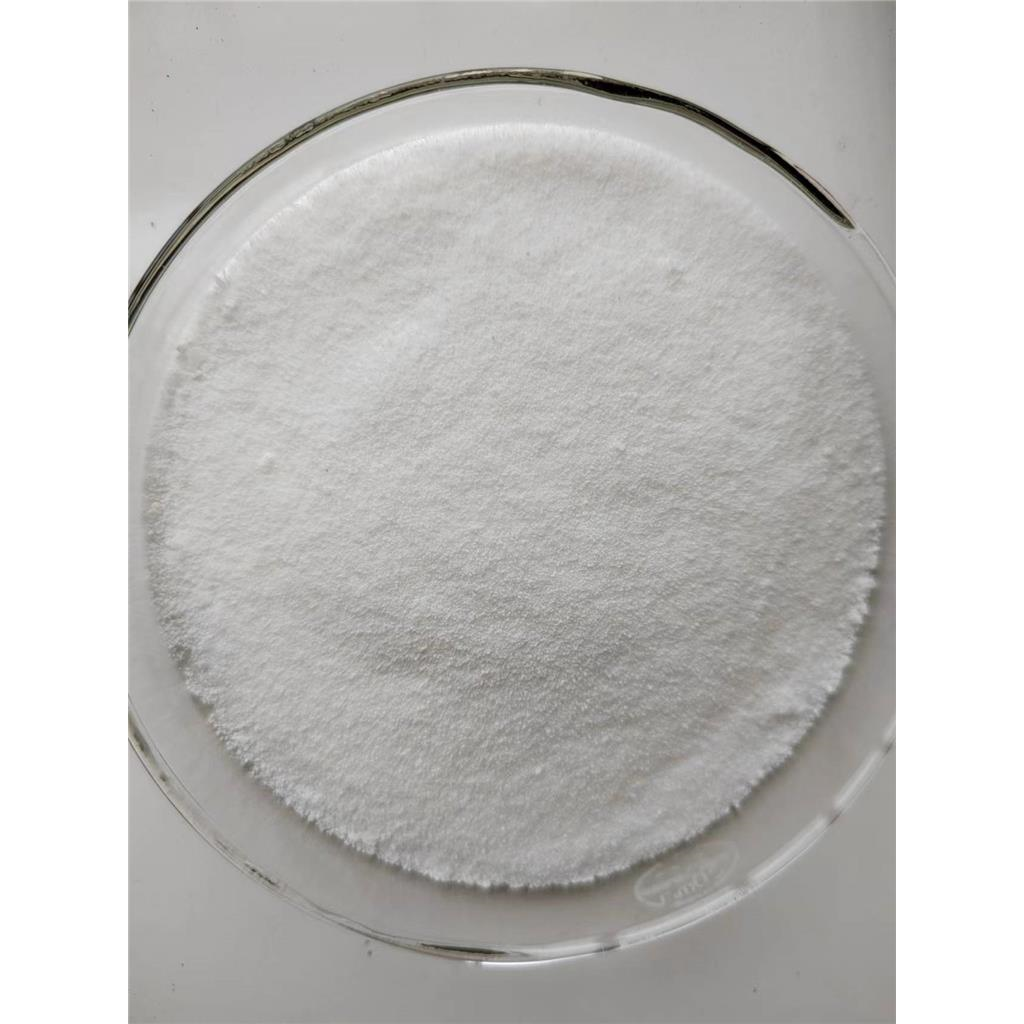 Avibactam intermediateView Details
Avibactam intermediateView Details
1171080-45-7 -
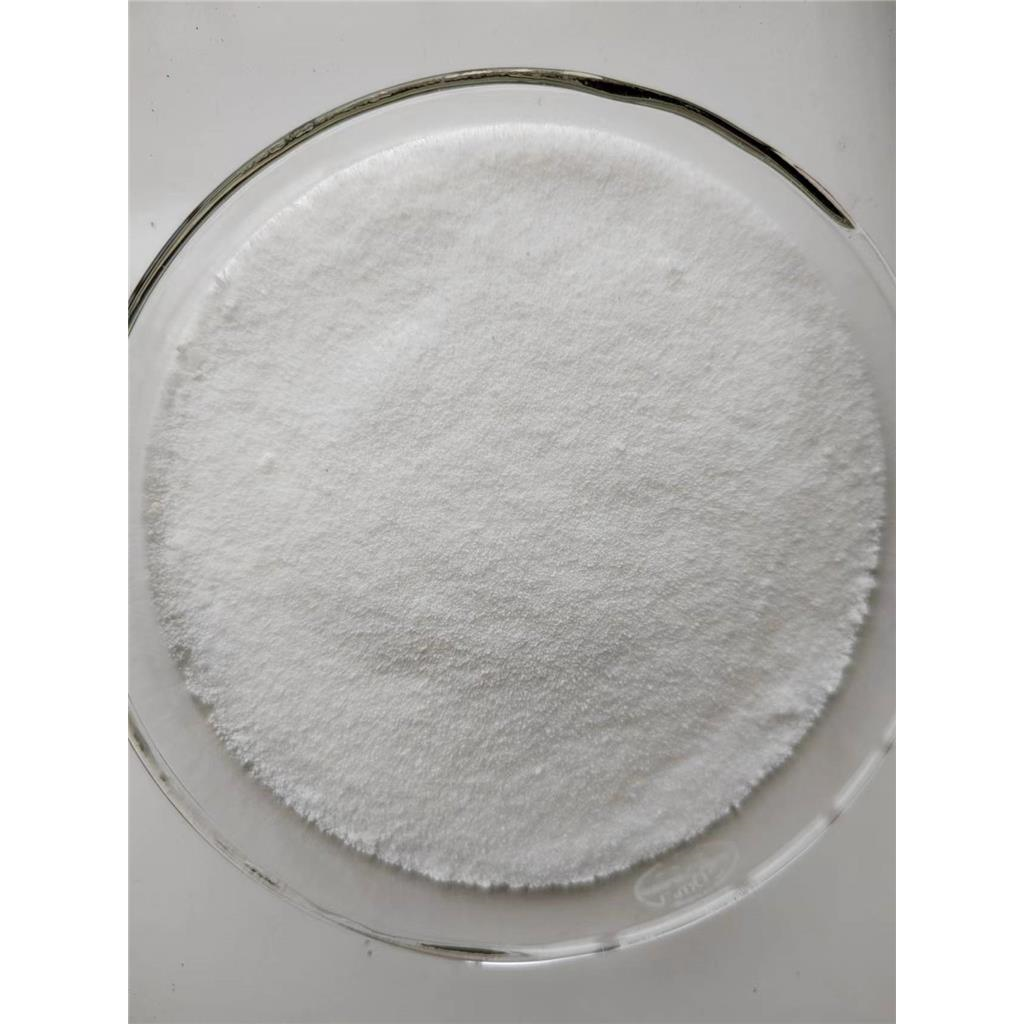 Relibatan intermediateView Details
Relibatan intermediateView Details
1416134-63-8
